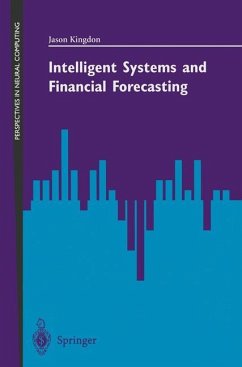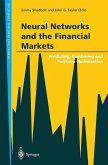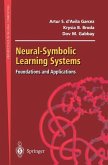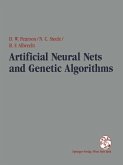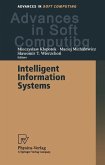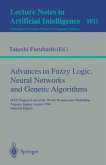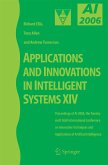A fundamental objective of Artificial Intelligence (AI) is the creation of in telligent computer programs. In more modest terms AI is simply con cerned with expanding the repertoire of computer applications into new domains and to new levels of efficiency. The motivation for this effort comes from many sources. At a practical level there is always a demand for achieving things in more efficient ways. Equally, there is the technical challenge of building programs that allow a machine to do something a machine has never done before. Both of these desires are contained within AI and both provide the inspirational force behind its development. In terms of satisfying both of these desires there can be no better example than machine learning. Machines that can learn have an in-built effi ciency. The same software can be applied in many applications and in many circumstances. The machine can adapt its behaviour so as to meet the demands of new, or changing, environments without the needfor costly re-programming. In addition, a machine that can learn can be ap plied in new domains with the genuine potential for innovation. In this sense a machine that can learn can be applied in areas where little is known about possible causal relationships, and even in circumstances where causal relationships are judged not to exist. This last aspect is of major significance when considering machine learning as applied to fi nancial forecasting.
Hinweis: Dieser Artikel kann nur an eine deutsche Lieferadresse ausgeliefert werden.
Hinweis: Dieser Artikel kann nur an eine deutsche Lieferadresse ausgeliefert werden.

